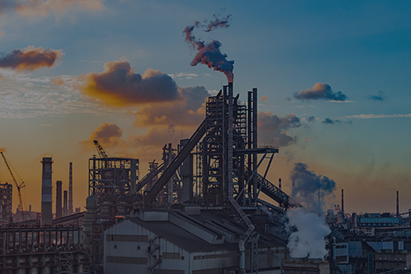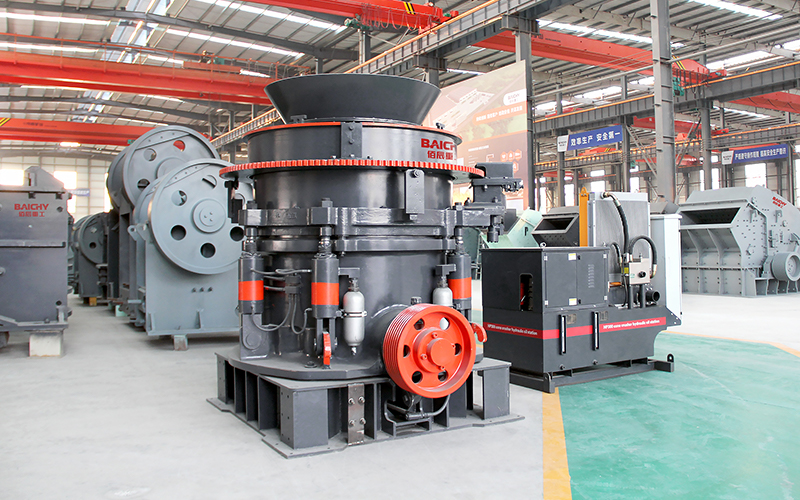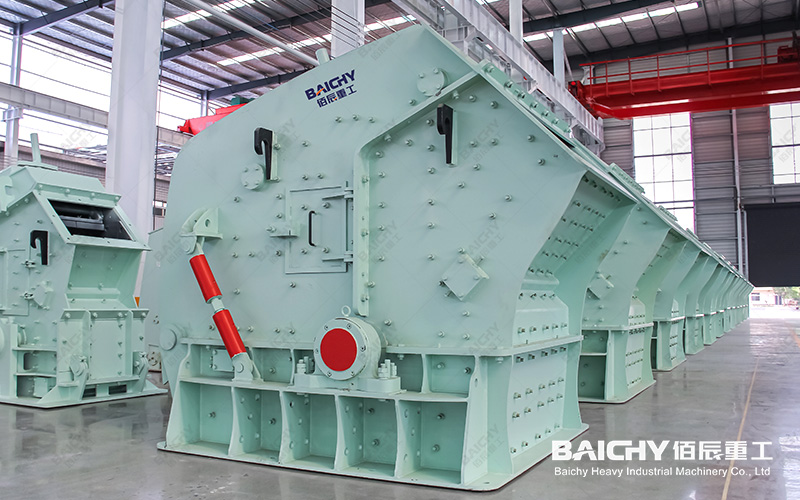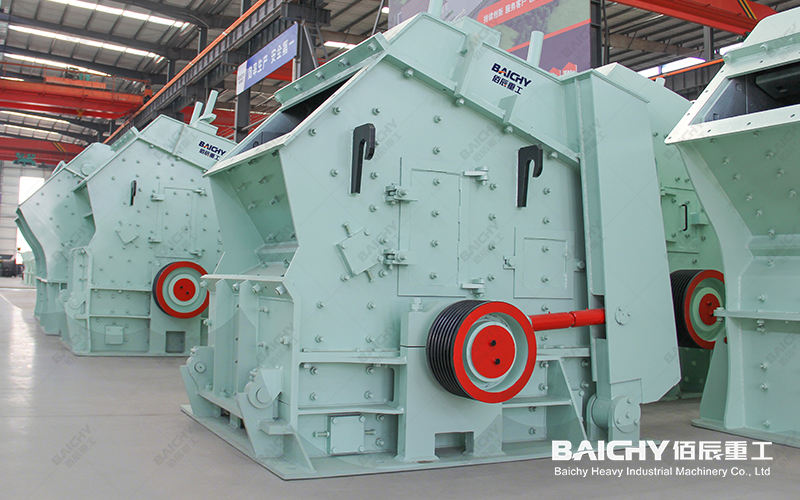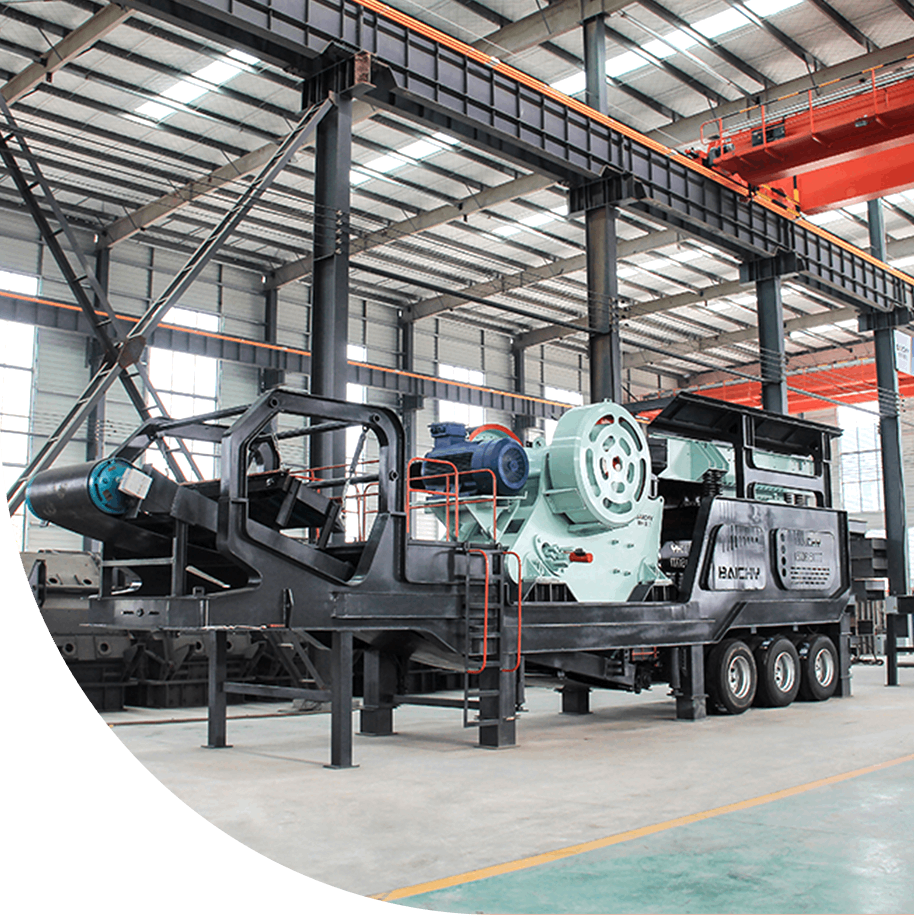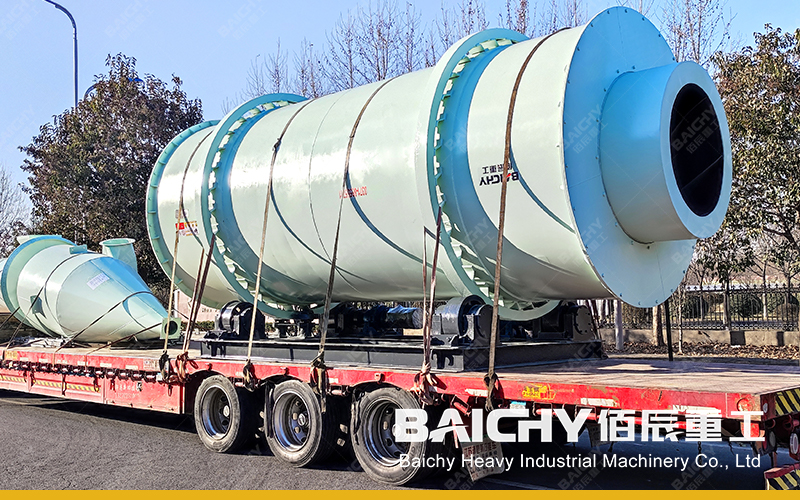
1. What is a three-pass rotary dryer?
The three-pass rotary dryer is a highly efficient and energy-saving continuous drying equipment. Through the three-layer sleeve structure of the inner cylinder, the middle cylinder and the outer cylinder, it realizes three heat exchanges between the material and the hot air, greatly improving the thermal energy utilization rate (saving 25%-40% energy compared with the single-cylinder dryer). It is widely used in chemical, building materials, environmental protection, agriculture and other fields, and is suitable for drying high-humidity materials such as mineral sand, sludge, and biomass particles.
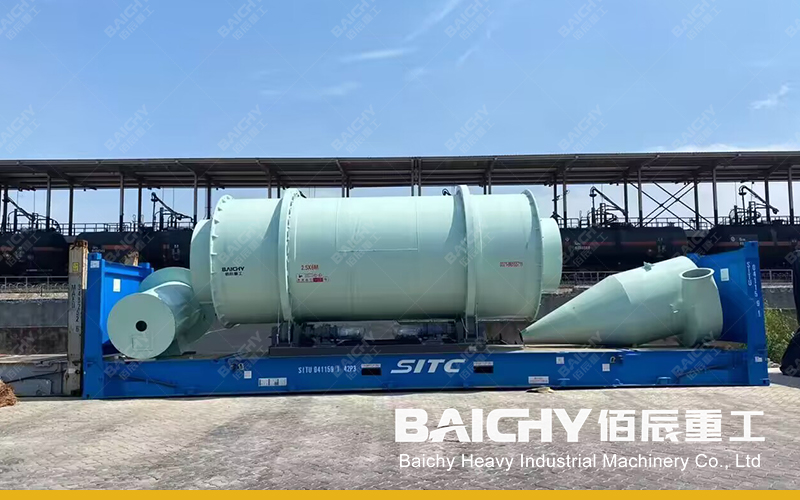
2. Core advantages: Why choose a three-pass design?
2.1 Triple heat exchange, significant energy saving
• The material passes through the inner → middle → outer cylinder in turn, forming a combined heat exchange of co-current + countercurrent with the hot air, and the thermal energy utilization rate reaches more than 75%.
• Compared with a single-cylinder dryer, the fuel cost is reduced by 30% (actual measured data).
2.2 Small footprint, large processing capacity
• The multi-layer cylinder has a compact structure, and the equipment length is reduced by 50% at the same output, which is suitable for plants with limited space.
• The processing capacity covers 1-50 tons/hour, and non-standard customization is supported.
2.3 Uniform drying and low breakage rate
• The lifting plate system in the cylinder allows the material to be repeatedly thrown to avoid agglomeration or local overheating, and the moisture content error of the finished product is ≤0.5%.
2.4 High temperature resistance and long life
• The cylinder adopts 310S stainless steel or manganese steel lining, which can withstand 800℃ high-temperature flue gas and has strong corrosion resistance.
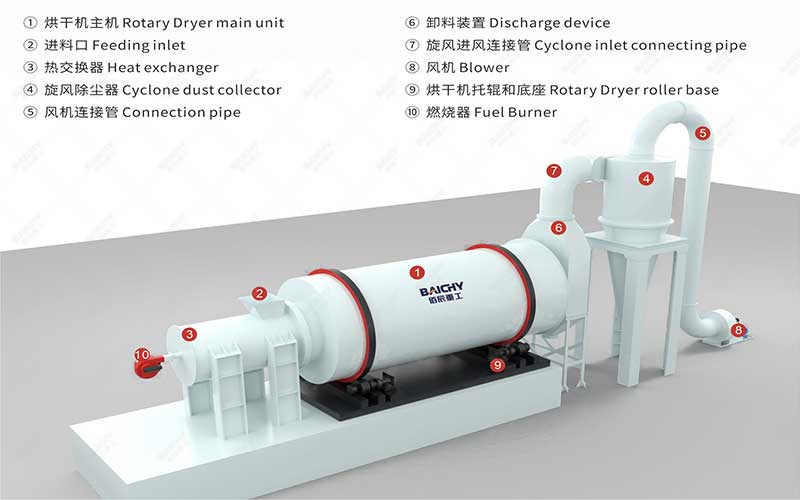
3. Working principle animation analysis (combined with pictures and text)
• Feeding stage: The wet material is fed into the inner cylinder by the belt conveyor, and the water is quickly evaporated by contacting with the high-temperature hot air downstream.
• Countercurrent heat exchange in the middle cylinder: The material enters the middle cylinder and exchanges heat with the hot air flowing in the opposite direction for the second time to discharge most of the water.
• External drum waste heat recovery: Low-temperature materials are fully exposed to the tail waste heat in the external drum to achieve deep drying.
4. Applicable materials and industry cases
| Material type | Industry application |
| Mineral powder/quartz sand | Building materials, metallurgy |
| Municipal sludge | Environmental protection engineering |
| Feed dregs | Agricultural processing |
5. Technical parameter selection reference
| Model | Evaporation capacity (kg/h) | Power (kW) | Applicable material moisture content | Price range |
| Ф3.6*8m | 1000 | 18.5 | 15%-40% | 250,000-350,000 |
| Ф4.0*10m | 3000 | 45 | 20%-50% |
Note: Customization is supported based on output and heat source (gas/coal/steam)
6. FAQs (FAQ)
Q1: Is the three-pass dryer more expensive than the single-drum dryer?
→ The initial investment is 15%-20% higher, but the difference can be recovered through energy saving costs in 1-2 years.
Q2: How to avoid material sticking to the wall?
→ Use a combined lifting plate + variable frequency speed regulation to adjust the speed and inclination according to the material characteristics.
Q3: How long is the maintenance cycle?
→ Bearings and seals need to be checked every 500 hours of operation, and the life of the whole machine is ≥10 years.



